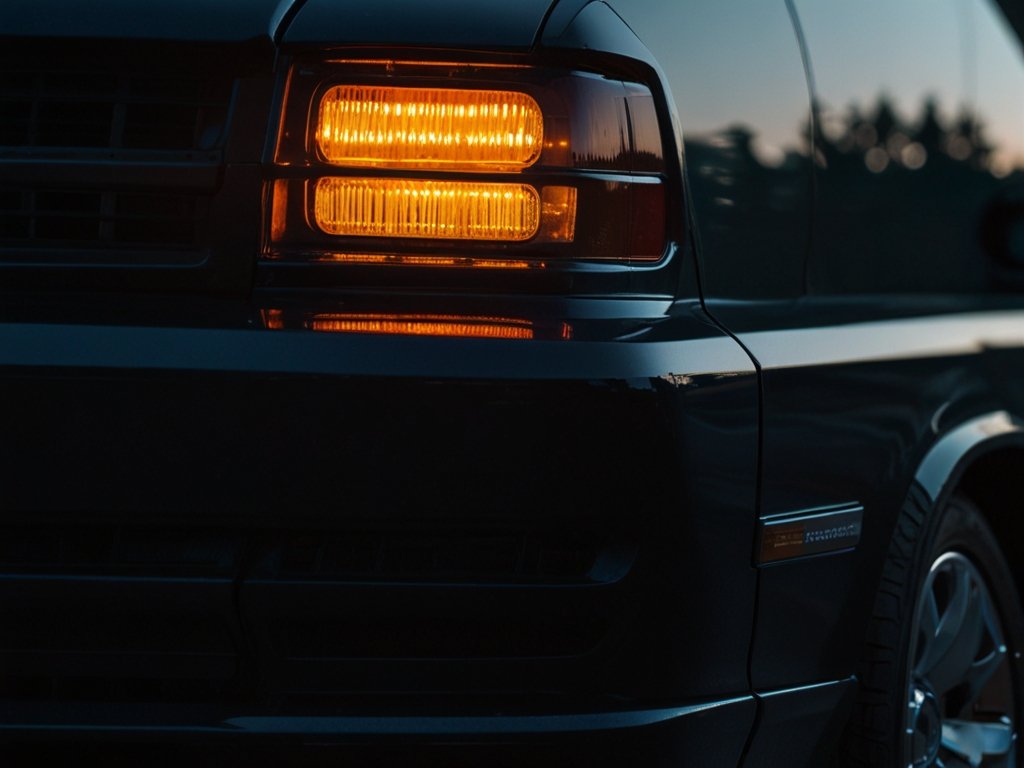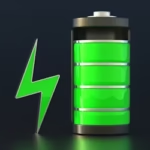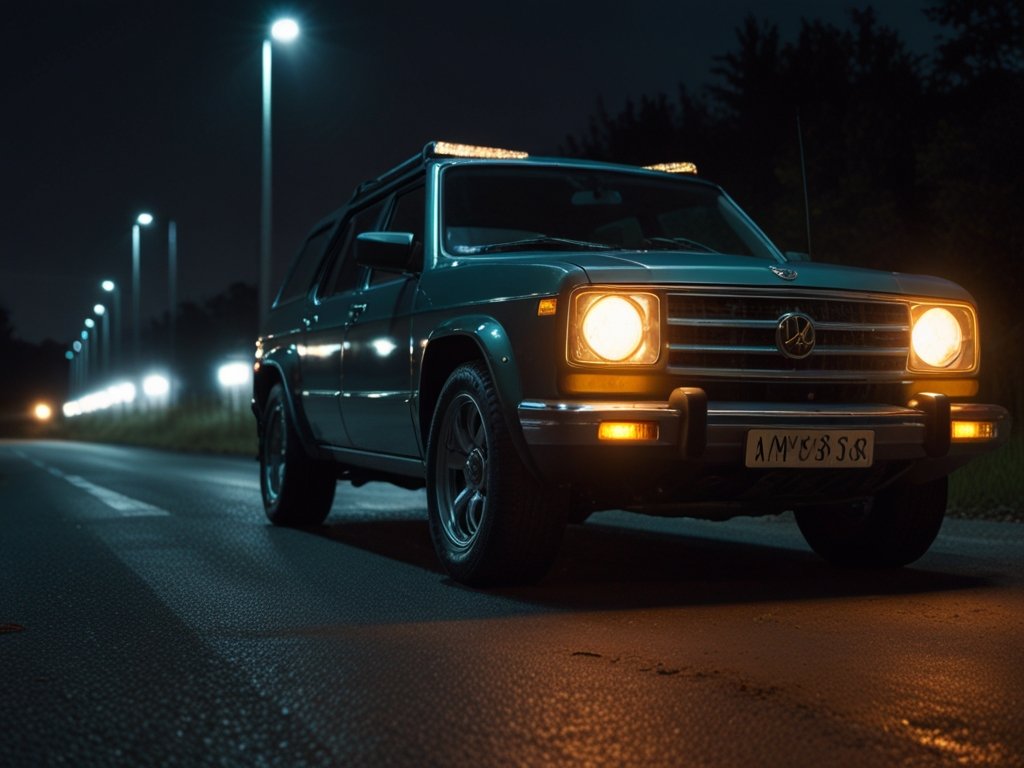When upgrading vehicle lighting for better visibility and safety during nighttime driving or off-road adventures, many people are torn between light bars and traditional driving lights. Are light bars better than driving lights?
Light bars generally offer superior performance with broader coverage and higher lumens (typically 6,000-50,000 lumens) compared to driving lights (typically 1,800-9,000 lumens per light), making them the better choice for most applications.
However, this answer oversimplifies a complex decision, as the “better” choice depends on several specific factors, including your vehicle type, primary driving conditions, and mounting requirements. Understanding these factors will help you make the right choice for your particular situation.
What Factors Should You Consider When Choosing Between Light Bars And Driving Lights?
The first consideration is your primary driving environment. Light bars excel in wide-open spaces like desert terrain or rural backroads where broad light coverage is beneficial. Their linear design creates an even spread of light across a wide area. On the other hand, driving lights are often better suited for twisting roads or dense forests where focused, long-distance beams are more valuable than the width of coverage.
Mounting requirements also play a crucial role in the decision. Light bars typically require a longer continuous mounting surface, often necessitating specific brackets or roof racks. With minimal modification, driving lights are more versatile in their mounting options, as they can be installed in pairs on bull bars, bumpers, or brackets.
How Do Light Bars And Driving Lights Compare In Terms Of Cost And Durability?
While initial costs can vary significantly based on brand and quality, light bars generally offer better value in lumens per dollar. A quality LED visor light bar costs $200-500, providing 30,000+ lumens, while a pair of high-end driving lights costs $400-800 for fewer total lumens.
However, driving lights often have more robust construction, with heavy-duty housings designed to withstand significant impacts. They typically have better heat management systems too, which can lead to longer operational life in challenging conditions.
What Are The Legal Considerations For Light Bars Versus Driving Lights?

Many jurisdictions have specific regulations about auxiliary lighting, and these rules often treat light bars and driving lights differently. Light bars frequently face stricter regulations due to their potential to cause glare to oncoming traffic, and many areas require them to be covered when driving on public roads.
Traditional driving lights typically have more standardized beam patterns that conform to road-legal requirements. They’re often designed with cut-off points that reduce glare for oncoming traffic, making them more suitable for regular road use. It’s essential to check local regulations before purchasing, as non-compliance could result in fines or failed vehicle inspections.
How Do Weather Conditions Affect The Performance Of Light Bars Versus Driving Lights?
Regarding adverse weather conditions, the broader beam pattern of light bars can work against them. In fog, rain, or snow, the wide light spread creates more reflection and glare, potentially reducing visibility. The light can bounce back off precipitation particles, creating a “wall” effect that makes it harder to see.
With their more focused beam patterns, driving lights often perform better in poor weather conditions. Their concentrated beams can penetrate through precipitation more effectively, and many driving lights come with specialized lenses or covers explicitly designed for adverse weather conditions.
Which Option Provides Better Power Efficiency And Battery Impact?
Despite producing more total lumens, modern LED light bars are surprisingly efficient with power consumption. A typical 30-inch LED light bar drawing 180 watts can produce around 30,000 lumens, making it highly efficient in terms of lumens per watt.
While consuming less total power (often 55-100 watts per light), traditional driving lights may be less efficient in terms of light output per watt consumed. However, because driving lights are often used in pairs rather than as a single unit, they allow for more flexibility in power management – you can run just one light if needed to conserve battery power.
The impact on your vehicle’s electrical system should be considered carefully with either option. For both types, installing a relay harness and ensuring your alternator can handle the additional load, particularly if you plan to use the lights for extended periods is recommended.
Lighting Your Way
Before making your purchase, take the time to map out your specific usage patterns – write down the percentage of time you’ll spend on highways versus off-road, in various weather conditions, and the types of terrain you’ll encounter most frequently. This simple exercise will help you prioritize the factors we’ve discussed and point you toward the lighting solution that best matches your actual needs. Once you know your primary use case, you can confidently choose between the broad coverage of a light bar or the focused performance of driving lights.











